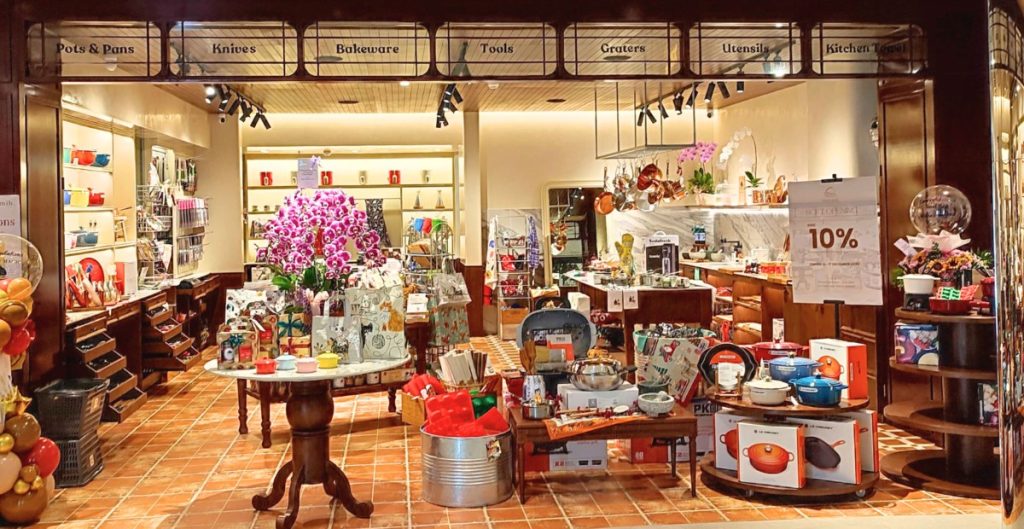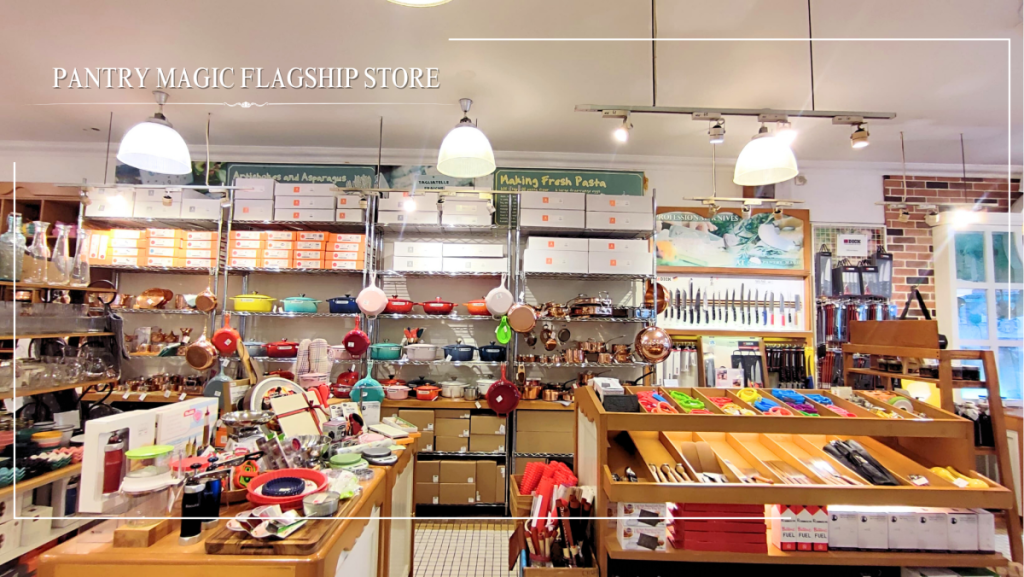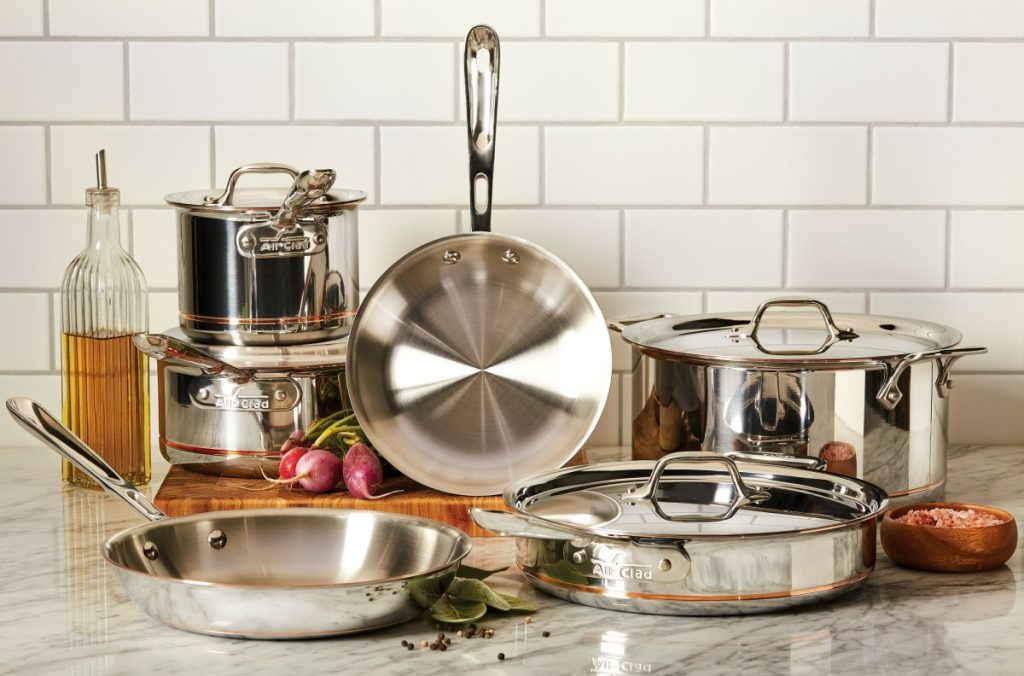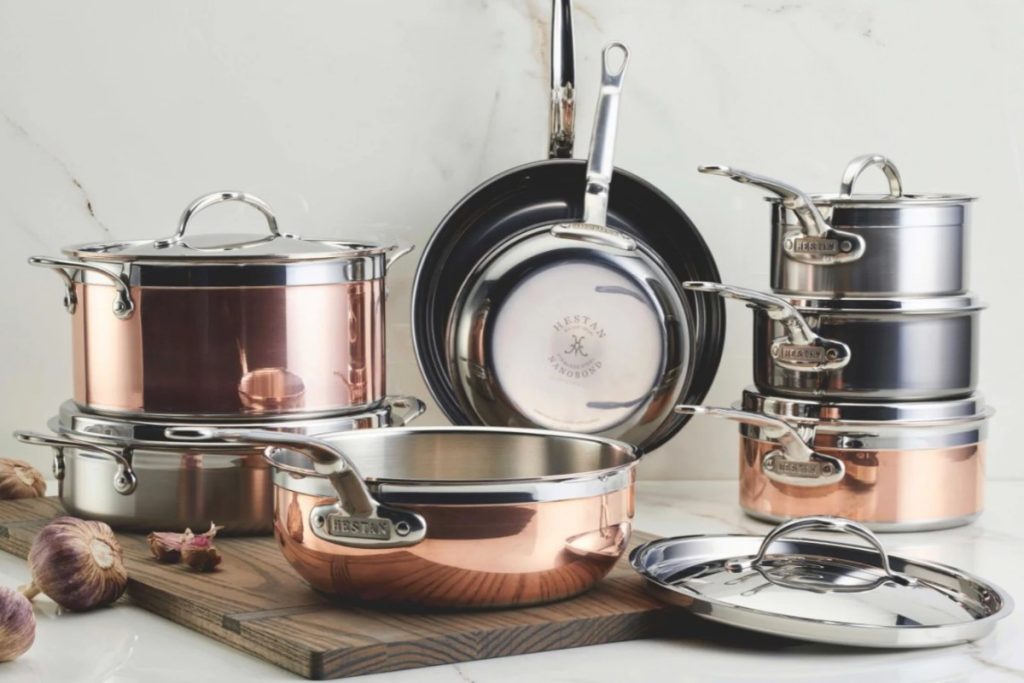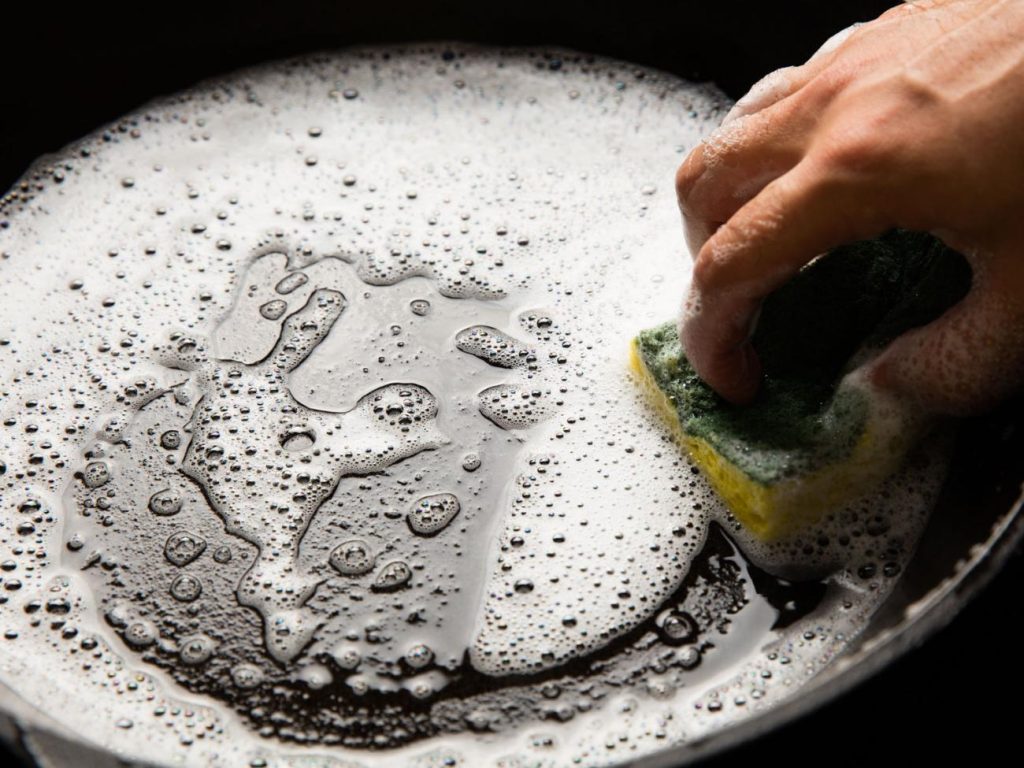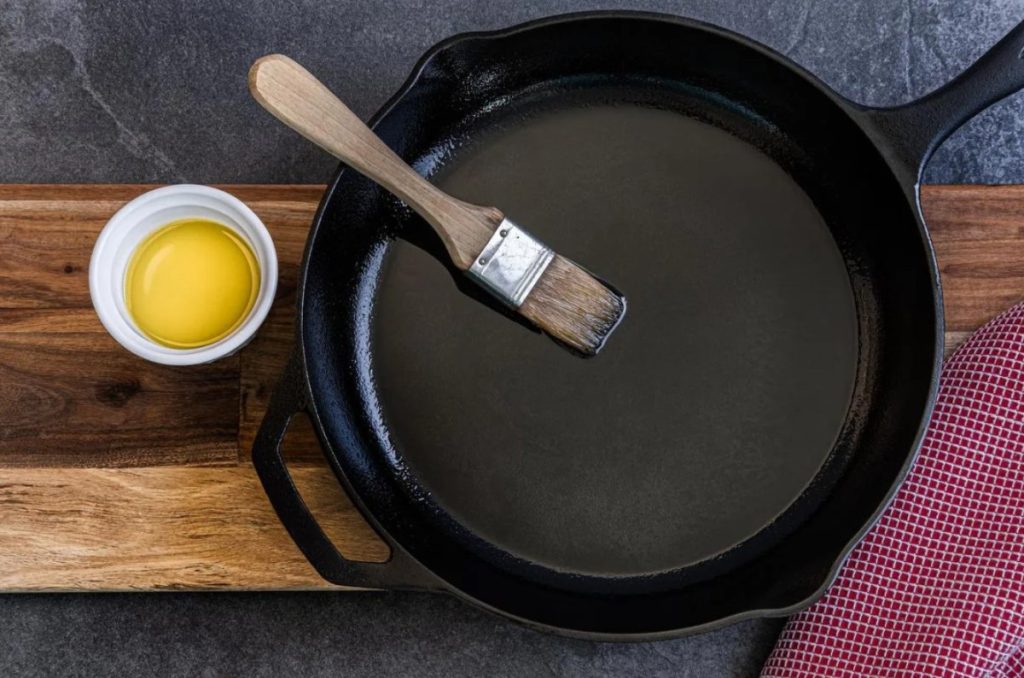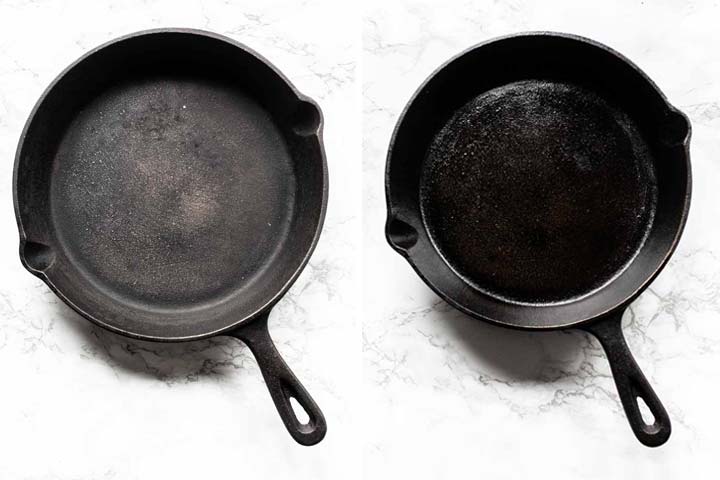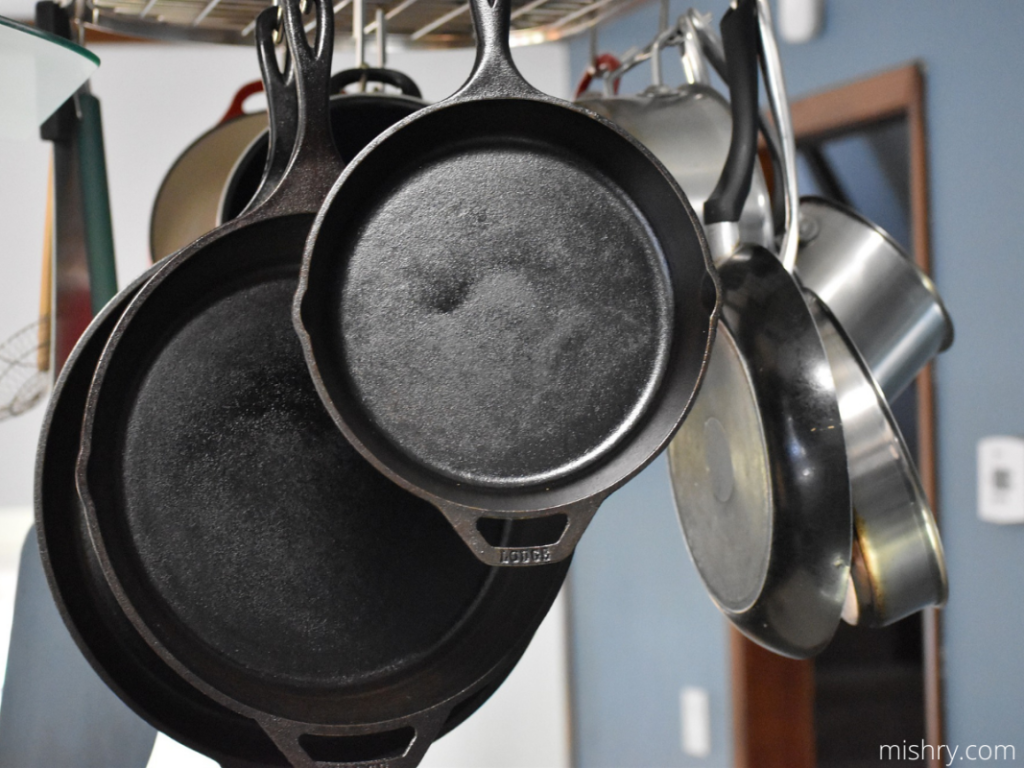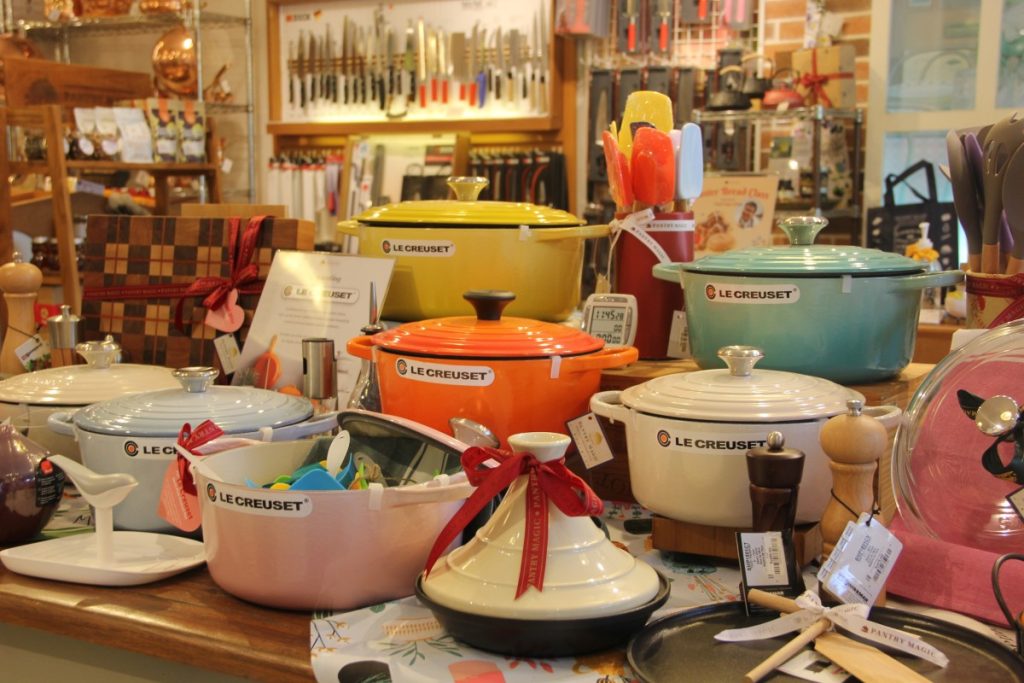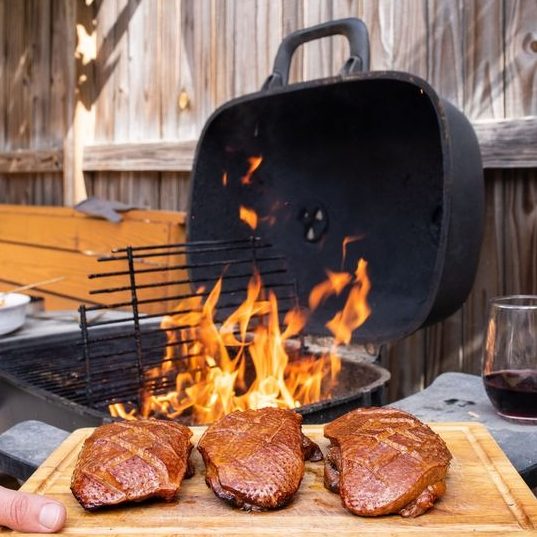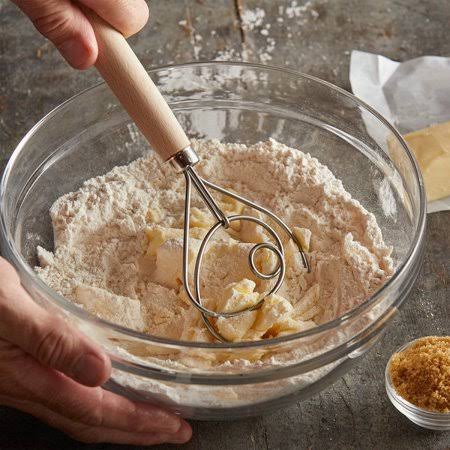Blog
Different Types of Stainless Steel Cookware
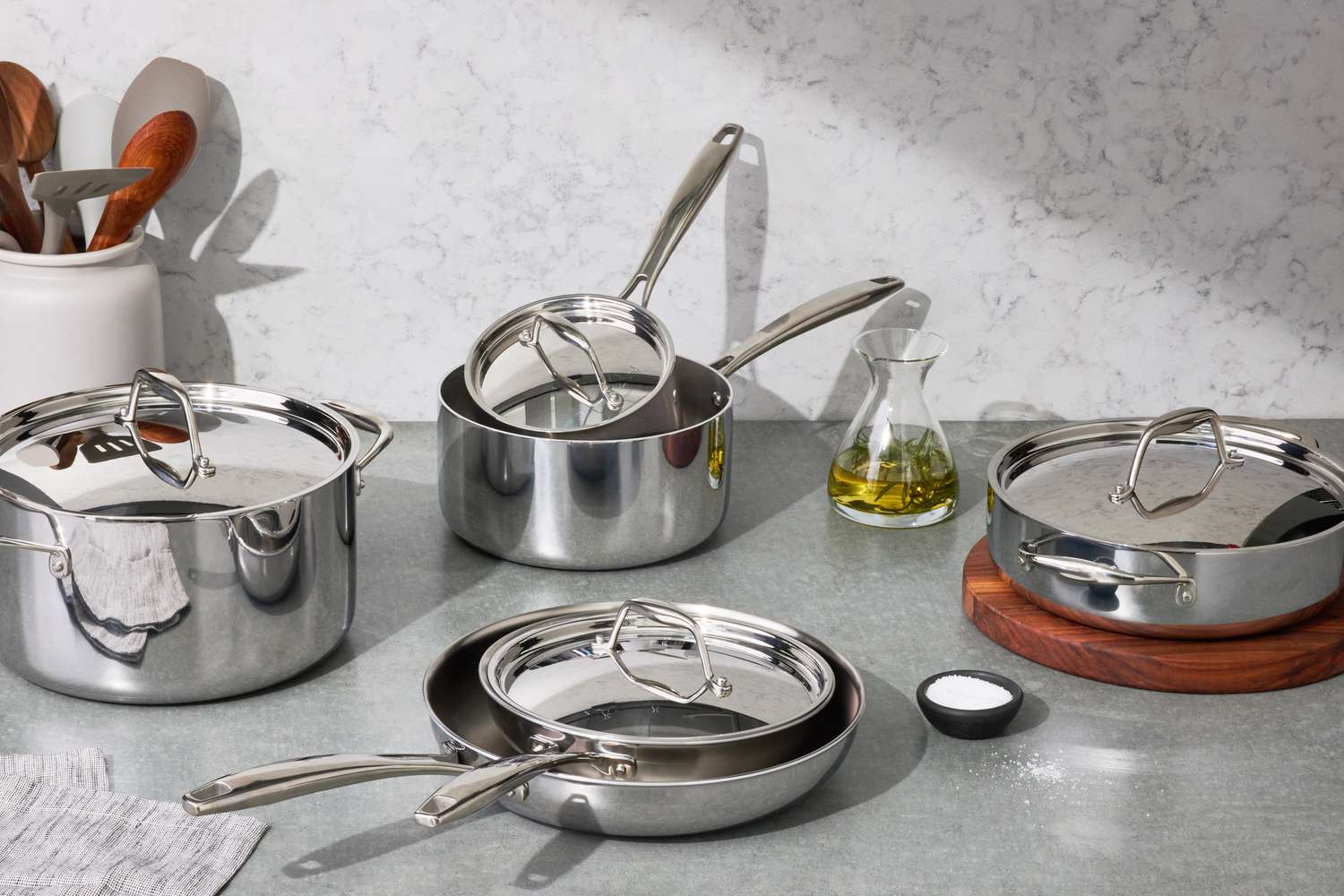
Hi Pantry Magic family, how are you doing? I hope you guys are doing very well.
Today @nyonyatoko would like to continue the discussion about stainless-steel cookware. In this post, we will discuss the types of stainless-steel cookware.
As discussed before, stainless-steel is not a good heat conductor, but due to its durability, non-reactiveness, versatility and appearance, it becomes one of the most popular materials for cookware. To compensate for its lack of heat conductivity, manufacturers combine stainless steel with either aluminum or copper core or both.
Copper is considered one of the best heat conductors, used in electrical equipment (wiring and motor), construction and industrial machinery (www.copper.org), but it is very expensive. Aluminum is much more affordable and for home cooking, almost as good.
The process of combining two metals together is called cladding. There are two types of cladding:
- Clad (also called Capsule Base / Disk Bottom). It consists of 1-layer stainless steel body with thick / heavy aluminum disc bonded at the bottom. The disc will deliver rapid and even heating on the frying surface, but not on the sides. This type of cookware is generally more affordable.
- Fully Clad. This method sandwiches the core (aluminum or copper) with stainless steel layer at the top and bottom, and then shape it into cookware (pots and pans). This method ensures that the heat is quickly and evenly distributed across the cookware (bottom and sides), but it is more expensive and used for mid to high end cookware. Generally clad cookware consists of three (tri-ply), five (five-ply) and seven (seven-ply) layers of metal.
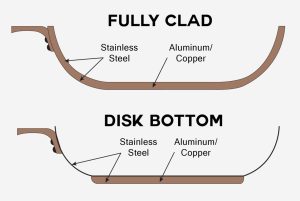
So now we know that fully clad pans are good, the next question is: do more layers of metal make them even better? The answer is no. American Test Kitchen (https://www.americastestkitchen.com/articles/6711-what-does-fully-clad-mean-and-why-does-it-matter) has conducted thorough test of various fully clad pans and found that there is no significant difference in performance between pans with five layers and three layers.
How should you choose between clad and fully clad stainless-steel cookware? Join us in our next post.


